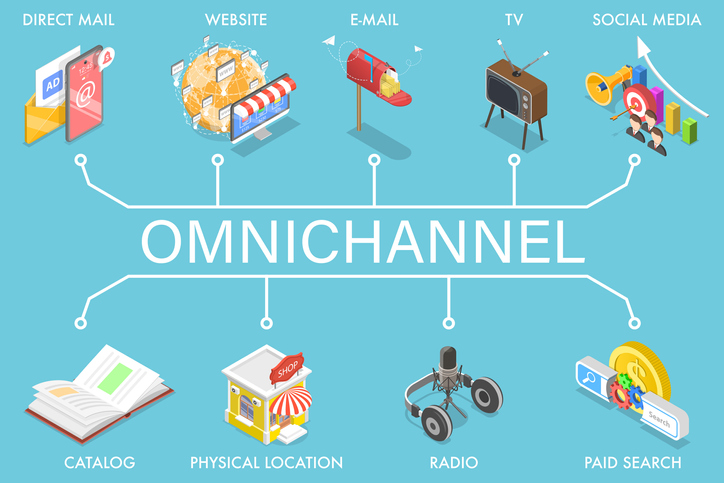Omnichannel Customer Engagement
As the eCommerce environment becomes more sophisticated, customers are using more channels to interact with your brand. Imagine that someone clicks on a Facebook ad to purchase a sale item on your website. They check on their order by calling your support line, leave a review by clicking a link in an email, follow your brand on social media, and join your customer loyalty program via a landing page back on your website.
Chapter
Omnichannel Customer Engagement

3D Isometric Flat Vector Concept of Cross-Channel, Omnichannel, Several Communication Channels Between Seller and Customer, Digital Marketing, Online Shopping.



